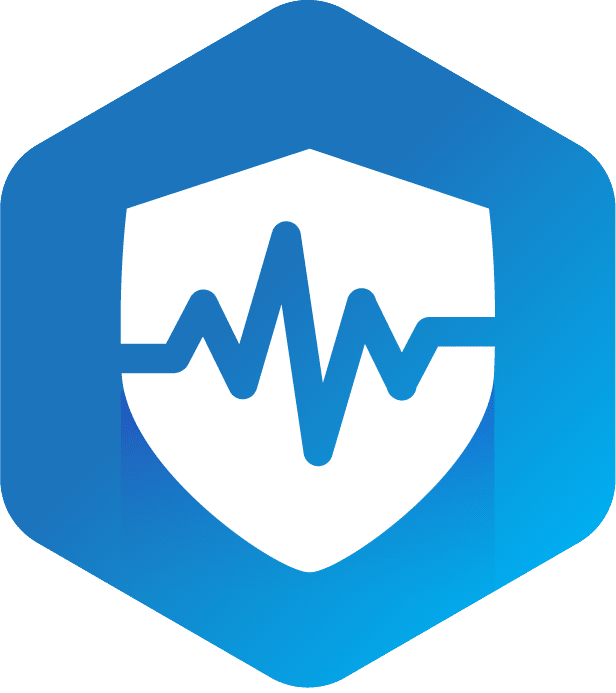Safeguarding patient data requires robust administrative, technical, and physical protocols. Administrative measures include stringent policies, regular training, and thorough risk assessments. Technical safeguards such as encryption, access controls, and system audits fortify against unauthorized access and breaches. Physical measures like controlled access to facilities guarantee that PHI remains secure. Tailoring these protocols to the entity’s specific needs is essential, whether it’s a smaller practice with streamlined procedures or a larger institution requiring advanced, layered defenses. Conducting risk analysis to identify and mitigate vulnerabilities is vital for compliance and protection. Continue to uncover the details of effective patient data safeguards.
Key Takeaways
Implementing safeguards for protecting patient health information (PHI) involves a strategic deployment of administrative, technical, and physical measures tailored to the specific needs and structure of the healthcare entity. Effective security measures guarantee robust data protection, minimizing risks associated with unauthorized access or breaches.
Administrative safeguards include thorough policies, regular training, and risk assessments. Technical measures encompass encryption, secure access controls, and regular system audits. Physical safeguards involve securing facilities and controlling access to areas where PHI is stored or processed.
These multi-layered approaches collectively form a resilient defense against potential threats, ensuring the confidentiality, integrity, and availability of patient data. Healthcare entities must prioritize these measures to uphold trust and comply with regulatory standards.
Tailoring safeguards to the unique characteristics of a healthcare entity guarantees that measures are maximally effective and resource-efficient in protecting patient health information (PHI).
Customized measures should align with the entity’s size, operational complexity, and specific vulnerabilities. Safeguarding strategies must encompass administrative, technical, and physical controls, ensuring thorough protection across all PHI formats—verbal, paper, and electronic.
For smaller practices, streamlined protocols might suffice, whereas larger institutions may require layered defenses involving advanced encryption and robust access controls.
Moreover, these customized measures need to be dynamic, adapting to evolving threats and regulatory changes.
Conducting a thorough risk analysis is vital for identifying vulnerabilities and implementing effective safeguards to protect patient health information (PHI). This strategic process involves evaluating the privacy impact of potential threats to PHI, such as unauthorized access, data breaches, and system failures.
By systematically evaluating these risks, healthcare entities can prioritize areas needing immediate attention and allocate resources efficiently. In-depth risk analysis should include evaluating the likelihood and impact of various threats, reviewing existing security measures, and identifying gaps in current protocols.
This approach not only mitigates the risk of data breaches but also ensures compliance with regulatory requirements, thereby fostering a secure environment for patient data. Implementing robust risk analysis is a proactive step toward safeguarding PHI.
Drawing on a thorough risk analysis, the next step involves implementing robust measures to protect patient health information (PHI) across all modalities. Central to these measures are data encryption and stringent access control protocols.
Data encryption guarantees that electronic PHI (ePHI) remains secure during transmission and storage, mitigating risks from unauthorized access and cyber threats. Equally critical is the establishment of access controls, which limit PHI access to authorized personnel only, based on their job roles and responsibilities.
Safeguarding the confidentiality and security of PHI requires specific protocols tailored to verbal, paper, and electronic formats.
When handling verbal communication, it is essential to verify the identities of individuals present and ensure discussions occur in private, secure environments.
For paper-based PHI, rigorous protocols such as secure storage and systematic paper shredding must be implemented to prevent unauthorized access.
Electronic PHI demands robust cybersecurity measures, including password protection and restricted access. Encrypting sensitive data and obtaining explicit patient consent before disclosure further bolsters security.
Implementing robust safeguards is critical to preventing violations of patient privacy and ensuring compliance with HIPAA regulations. Effective incident prevention requires thorough compliance training for all staff members, emphasizing the importance of safeguard protocols.
Training should focus on recognizing and mitigating risks related to unauthorized access, ensuring that only individuals with essential job duties can access patient records. Organizations must establish strict protocols for safeguarding verbal, paper, and electronic PHI, including the use of encryption, secure storage, and minimum necessary policies.
Securing network infrastructure is paramount for safeguarding patient data and maintaining compliance with HIPAA regulations. Robust network security protocols are essential in both clinical and home network environments.
Critical measures include utilizing VPN protection to guarantee secure internet connections, effectively encrypting data transmission to thwart potential breaches. Implementing firewalls and intrusion detection systems further fortifies the network against cyber threats.
Regularly updating software and firmware is essential to mitigate vulnerabilities. Network segmentation and access controls must be strategically deployed to limit exposure. For home networks, robust Wi-Fi encryption and strong, unique passwords are imperative.
These technical safeguards collectively enhance data security, ensuring that patient information remains protected against unauthorized access and cyber-attacks.
Given the growing prevalence of remote work, it is crucial to establish thorough safeguards to protect patient data in home office settings. Implementing robust encryption protocols guarantees that electronic Protected Health Information (ePHI) remains secure during transmission and storage.
Additionally, remote access restrictions should be strategically applied to limit data access to authorized personnel only, thereby minimizing the risk of unauthorized breaches. Employing Virtual Private Networks (VPNs) and multi-factor authentication further fortifies remote connections against cyber threats.
Regular audits and staff training on these protocols are imperative to maintain compliance with HIPAA regulations. By integrating these technical and administrative measures, healthcare entities can effectively mitigate risks associated with remote work environments.
In safeguarding patient data, healthcare entities must meticulously implement and tailor administrative, technical, and physical safeguards, drawing parallels to the meticulous constructs of Fort Knox.
Through rigorous risk analysis and adherence to HIPAA protocols, entities can fortify Protected Health Information (PHI) across all mediums.
Emphasizing network security and adopting stringent measures for remote work, the sanctity of patient data can be preserved, ensuring compliance and fostering an environment of unwavering trust and integrity.

